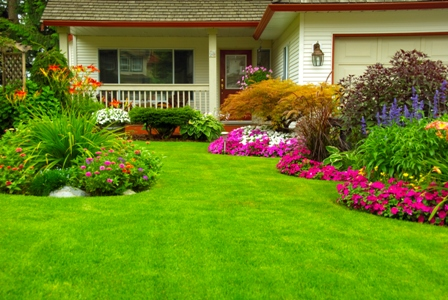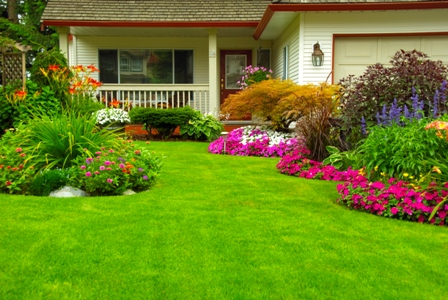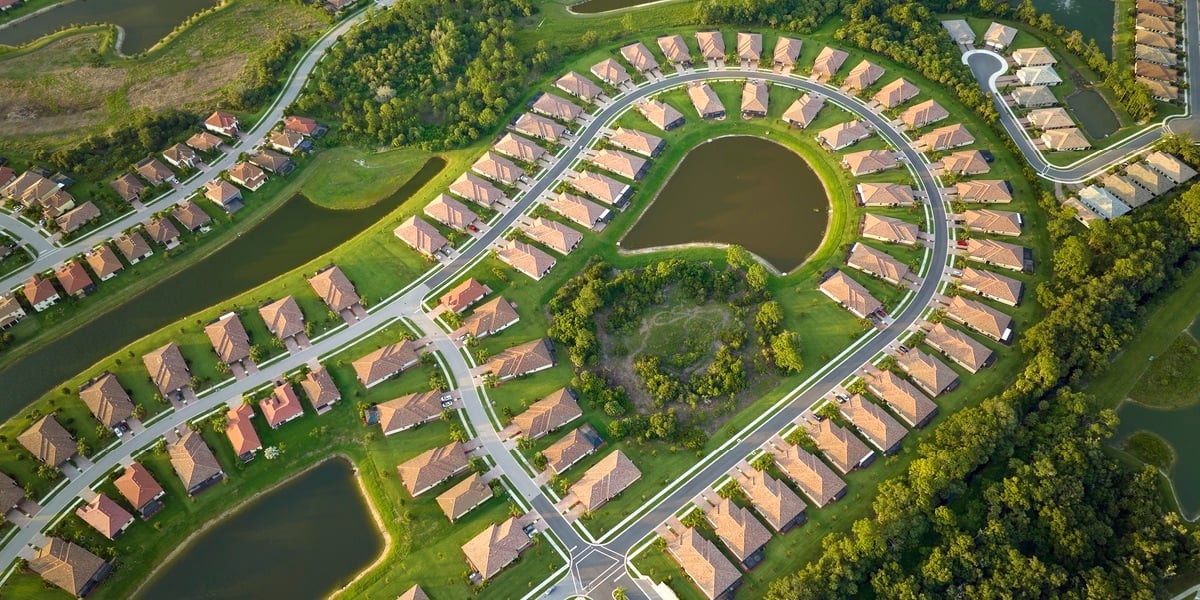 Maintaining the grounds in a traditional manner and according to the homeowners association’s governing documents is not always the “greenest” endeavor. Whether it involves using chemical-laden pesticides and fertilizer or working with greenhouse gas-producing lawn tools, some methods of lawn upkeep can be tough on the environment. Thankfully, there are plenty of eco-friendly ways to keep your homeowner's association grounds looking lush while also reducing your carbon footprint.
Maintaining the grounds in a traditional manner and according to the homeowners association’s governing documents is not always the “greenest” endeavor. Whether it involves using chemical-laden pesticides and fertilizer or working with greenhouse gas-producing lawn tools, some methods of lawn upkeep can be tough on the environment. Thankfully, there are plenty of eco-friendly ways to keep your homeowner's association grounds looking lush while also reducing your carbon footprint.
Conserve water by watering the lawns more heavily, but less often
By doing this, you are ultimately using less water because the heavier watering lasts longer, allowing you to spread out how often you have to water the lawns. Also, watering in the early morning or early evening gives water a chance to soak into the soil without evaporating as it would during the hottest parts of the day. Finally, consider switching the sprinklers in the homeowners association to water-saving sprinklers and hose nozzles.
Leave Some Grass Clippings Behind
If the lawns are mowed on a regular basis a light amount of grass clippings can be left on the lawns after mowing. This is an easy way to nourish the lawns because clippings help replenish the soil after they decompose, which in turn encourages healthy grass growth.
Don't Cut the Grass Too Short
Trade-In Gas-Powered Mowers for Electric or Battery-Powered
Go organic when choosing a fertilizer
The world is becoming a more eco-friendly place, and these lawn tips are steps you can take in your homeowners association and encourage others to take as well.
Related Articles:
5 Advantages of Using Professional HOA Landscape Maintenace Services
Tips from an HOA Board to De-Clutter Indoor & Outdoor Spaces










